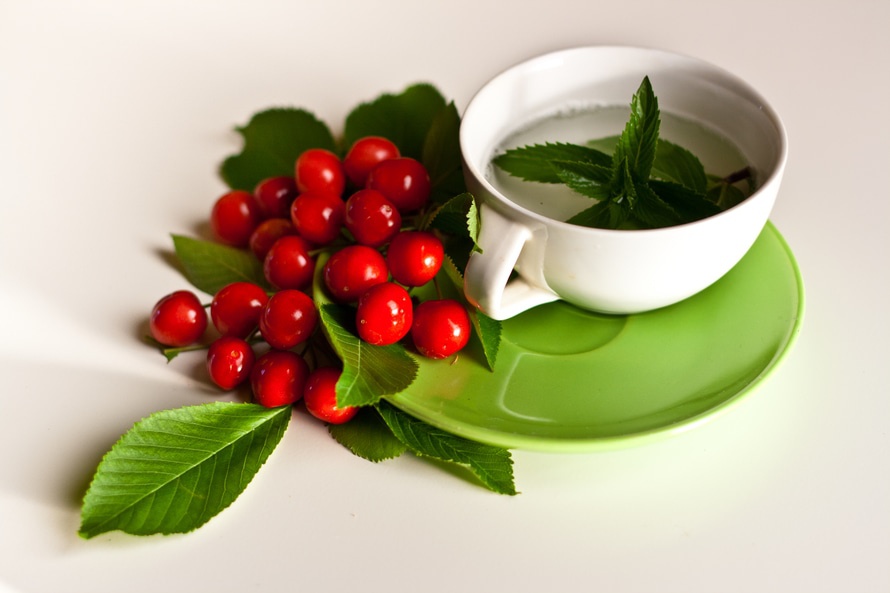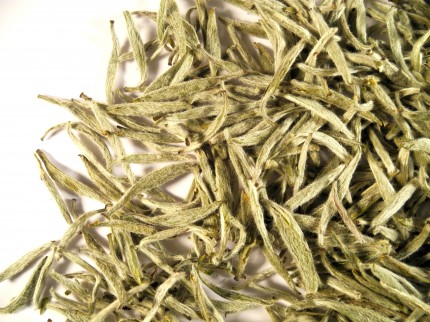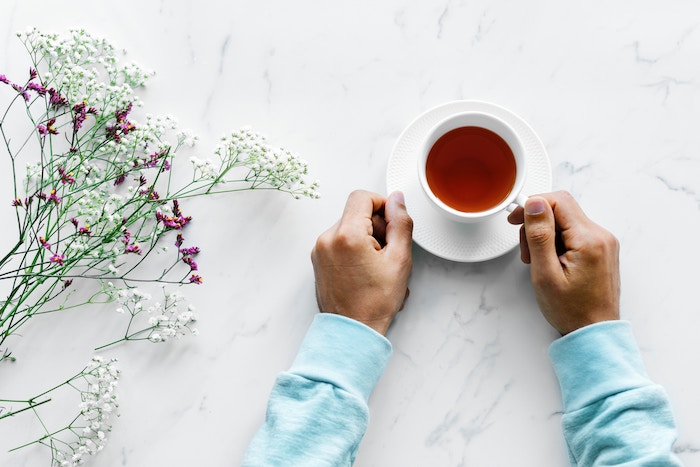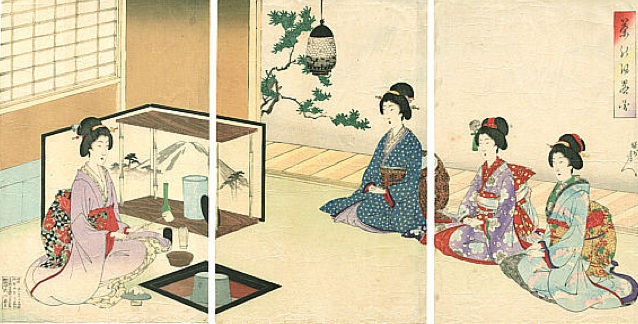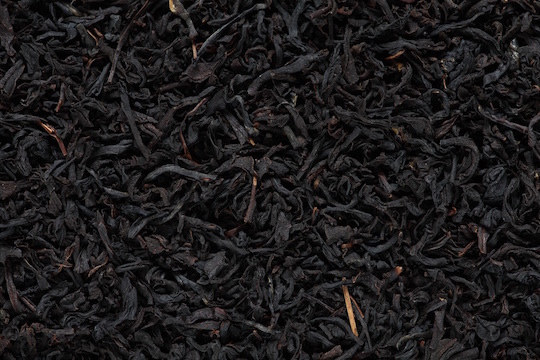Loose tea
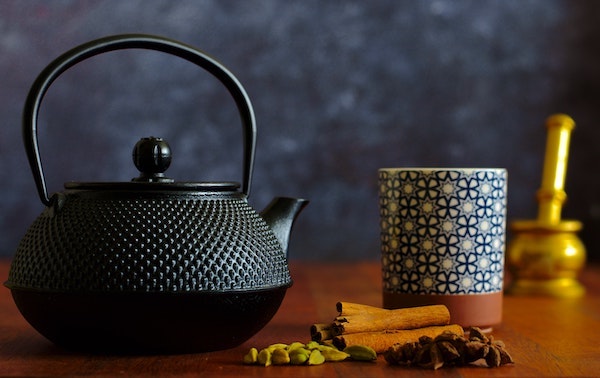
Personally, at T.Surprise, there's nothing we like about opening a loose tea box and sniffing the scents of our favorite teas. . And then, there is something very jovial to be able to admire the components of a scented tea - from dried fruit tips to flower petals, there is an aesthetic art in loose tea canes that we do not would not suspect a tea bag!
The beauty of "free" tea
We talk about tea as it looks in its box, but loose tea is even more interesting at the time of brewing. Some teas, such as dragon pearls or flower teas, are real shows: slowly, but surely, the water relaxes them and allows them to unwind or "budge". This kind of tea deserves transparent teapots just to see them come to life!
But that's not all. Loose tea, unlike tea bags, has the "best" portions of tea, not broken pieces and crumbs. This trend between "the good part" of tea and the "bad" is slowly changing, as more and more stores and companies carefully choose the content of their teas in sachets, thus ensuring their quality. However, one thing remains true: the best tea is one that has enough space to develop its flavors and its beneficial effects. A compressed tea leaf will never reach its full potential, which is why many experts advise to avoid tea brewers and let the tea leaves swell freely in the teapot.
Of course, all this remains a matter of preference. Some loose teas do not require so much space - and this is the perfect opportunity to take out our wacky whiskey favorites!
